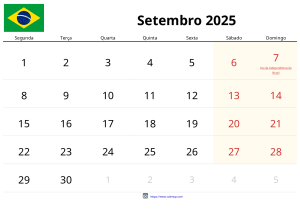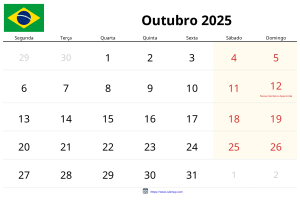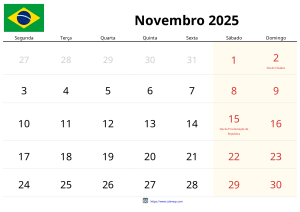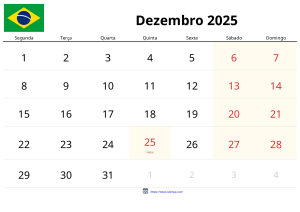The Netherlands Calendar 2025: Holidays, Traditions, and a Guide to Celebrating
Planning a visit, living, or doing business in the Netherlands begins, first and foremost, with understanding its vibrant calendar. Far from being just a list of days off, the Netherlands Calendar is the very rhythm of its culture, commerce, and the daily life of millions. Knowing these dates is the key to unlocking authentic experiences and avoiding surprises, like finding everything closed in the middle of your trip.
This comprehensive guide goes much further. Here, we detail the history behind each holiday, explore regional traditions, and offer practical tips so you can celebrate like a true local. From the iconic "orange madness" of King's Day to the subtle magic of Sinterklaas, prepare for a deep dive into the festive soul of the Netherlands.
🗓️
Plan Your Trip to the Netherlands
Get a complete overview with our annual calendar or jump directly to the month that interests you.
View Annual Calendar 2025Or browse by month:
Discover the Main National Holidays
The official national holidays (officiële feestdagen) are the foundation of the Dutch calendar, impacting all sectors. While some guarantee a day off for most people, others, like Good Friday, depend on labor agreements—an important nuance that many are unaware of.
| Date | Holiday (Local Name) | Impact & Key Tradition |
|---|---|---|
| January 1 | New Year's Day (Nieuwjaarsdag) | A national day of rest. The most daring tradition is the Nieuwjaarsduik, an icy plunge into the North Sea. |
| Floating Date | Easter (Pasen) | Two days off (Sunday and Monday). Celebrations include family brunches and flower markets. |
| April 27 | King's Day (Koningsdag) | The biggest street party in the country. Everyone dresses in orange to celebrate the birthday of King Willem-Alexander. |
| May 5 | Liberation Day (Bevrijdingsdag) | Celebrates the end of the occupation in World War II. It's an official national holiday only once every 5 years (2025, 2030, etc.). |
| Floating Date | Ascension Day (Hemelvaartsdag) | A Christian holiday 40 days after Easter, known for the tradition of dauwtrappen (cycling or walking at dawn). |
| Floating Date | Pentecost (Pinksteren) | Two days off (Sunday and Monday), 50 days after Easter. It marks the start of many summer festivals. |
| December 25 & 26 | Christmas (Kerstmis) | Two national holidays (Eerste en Tweede Kerstdag) dedicated to family, dinners, and "gezelligheid." |
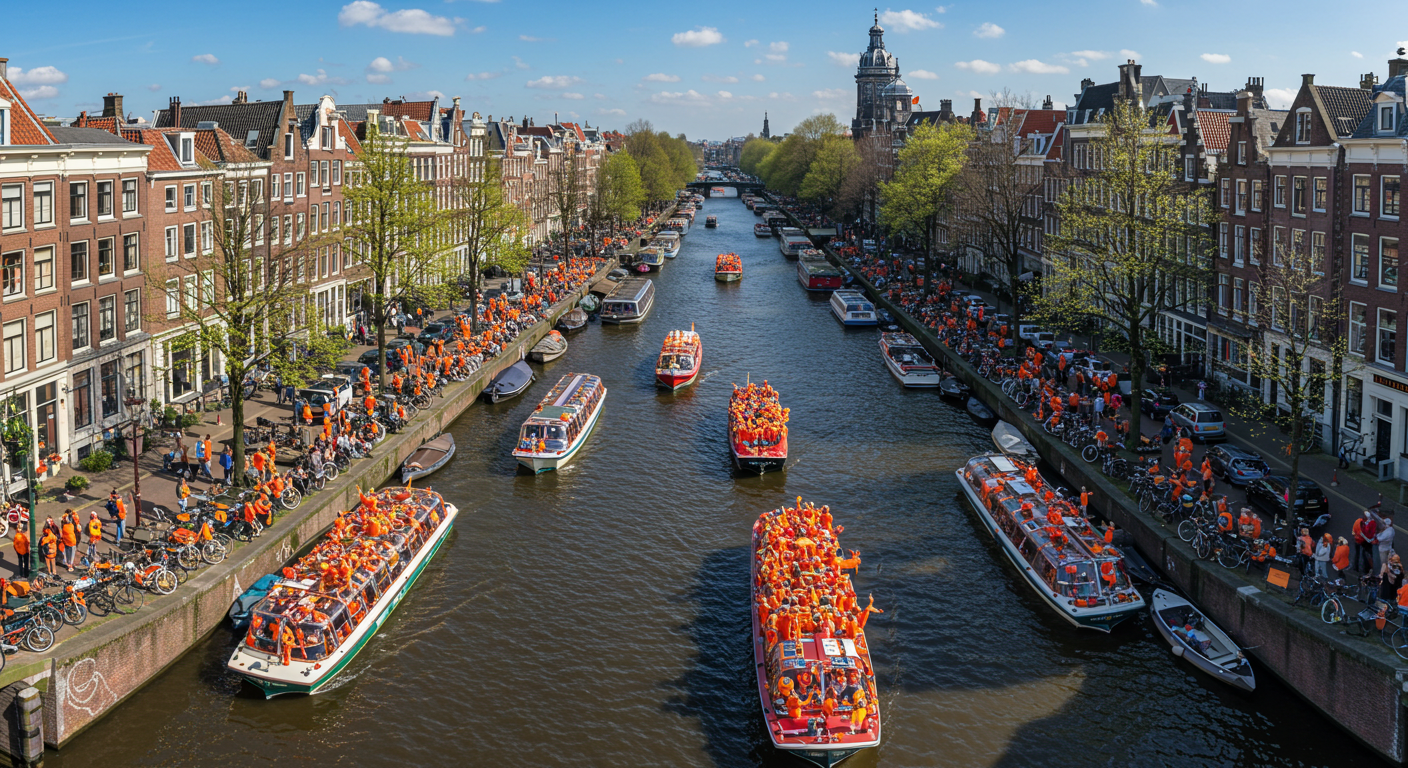
Regional Holidays: The Richness of Dutch Diversity
The Netherlands is much more than Amsterdam, and its regional holidays are living proof of this. These celebrations, often unknown to tourists, offer an authentic glimpse into local identity and history.
- Carnival: While the northern half of the country (above the rivers) remains indifferent, the southern provinces, like Limburg and North Brabant, erupt in a three-day party. Cities like Maastricht and 's-Hertogenbosch (nicknamed "Oeteldonk" for the season) are completely transformed with satirical parades, elaborate costumes, and an atmosphere of pure revelry. It is a culturally Catholic and Burgundian event, in stark contrast to the Protestant north.
- Leidens Ontzet (October 3): In Leiden, the city stops to celebrate the end of the Spanish siege in 1574. Tradition dictates eating hutspot (a mashed dish of potatoes, carrots, and onions), and the municipality distributes free herring and white bread, the first food that reached the city after its liberation.
- Alkmaars Ontzet (October 8): Similar to Leiden, Alkmaar celebrates its victory over Spanish forces in 1573. The celebration is marked by parades and the sharing of "zuurkool met worst" (sauerkraut with sausage).
Religious Celebrations: A Mosaic of Faith and Tradition
Despite being one of the most secular countries in Europe, the Netherlands has a calendar deeply marked by a rich religious diversity, reflecting its history and multicultural population.
The Christian Roots and the North-South Divide
The backbone of the holidays (Easter, Ascension, Pentecost, Christmas) is Christian, but their celebration varies. The south, historically Catholic, celebrates these dates with more processions and public rituals, such as Carnival. The north, with a Protestant majority, tends to have more sober celebrations focused on the local community and family.
Other Faith Communities
- Suikerfeest (Eid al-Fitr): The end of Ramadan is a huge celebration in Muslim communities. In cities like Amsterdam and Rotterdam, it's common to see street markets, community events, and families sharing sweets. The date has become so relevant that many schools already consider it a justifiable day off.
- Hanukkah (Hanukkah): The Jewish community, especially in Amsterdam with its rich Sephardic heritage, celebrates the Festival of Lights. It is common to see the large Menorah being lit publicly in squares, a powerful symbol of resilience and faith.
- Holi Phagwa: Celebrated with enthusiasm by the Hindu-Surinamese community, the festival of colors marks the arrival of spring with colored powders, music, and dance, especially in The Hague.
Traditions and Customs: The Soul of the Celebrations
To truly understand the Netherlands, you have to experience its traditions. Some are more famous than the holidays themselves.
Sinterklaas vs. Christmas: The December Battle
The most important celebration for Dutch children is not Christmas, but rather Sinterklaas. Saint Nicholas arrives from Spain in mid-November, and gifts are exchanged on "package evening" (Pakjesavond), on December 5th. Celebrations include personalized poems and specialty sweets like pepernoten. It is a deeply rooted tradition that defines the month of December.
Typical Foods: Flavors for Every Season
- New Year's Day:Oliebollen and Appelbeignets, fried dough balls and apple fritters, bought from street stalls.
- King's Day:Tompouce, a mille-feuille pastry with orange-colored icing.
- Sinterklaas:Pepernoten (small, spiced biscuits), chocolate letters, and marzipan.
The Dream Trip: The Flower Route and Keukenhof
The ultimate aspirational experience in the Netherlands is, without a doubt, immersing oneself in the spectacle of tulips in spring. This scenic route between Haarlem and Leiden transforms into a carpet of colors, attracting visitors and photographers from all over the world. Its heart is the famous Keukenhof.
Known as the "Garden of Europe," Keukenhof is an outdoor exhibition with more than 7 million flower bulbs. However, the success of this visit depends on good planning to avoid tourist traps.
Planning Tip: The ideal blooming season is short and intense, usually in the last two weeks of April. Check the "flower forecast" on the official website.
How to Get There (the smart way): From Amsterdam, the combined bus trips (travel + entry) of the Keukenhof Express are the best option. Avoid driving; traffic can be chaotic.
Warning:Never, under any circumstances, enter the growers' flower fields to take photos. It is illegal, damages the harvest, and there is enforcement. For immersive photos, visit paid flower farms like De Tulperij or The Tulip Barn.
Plan Your Stress-Free Trip to Keukenhof
Secure your entry and avoid the long queues, which can last over an hour on peak days.
Buy skip-the-line tickets:Book in advance, an official partner.
Bike Rental: To explore the surrounding fields, rent a bicycle. The OV Fiets (available at train stations) is the option most used by locals.
Practical Tips for Visitors: Celebrate Like a Local
Participating in the festivities is the best way to get to know the country. Here are some practical tips.
How to Join the Celebrations
- King's Day (Koningsdag): Dress in orange! Any item will do. Explore the vrijmarkten (street markets where everyone can sell their belongings) and join the boat parties on the canals of Amsterdam or Utrecht.
- Remembrance Day (Dodenherdenking - May 4): At 8:00 PM, the country stops for two minutes of silence. If you are on the street, you are expected to stop and participate in the moment of respect. Public transport comes to a halt.
- Christmas: Visit the Christmas markets in Maastricht or Dordrecht for a more authentic experience than in Amsterdam. Reserve dinners weeks in advance.
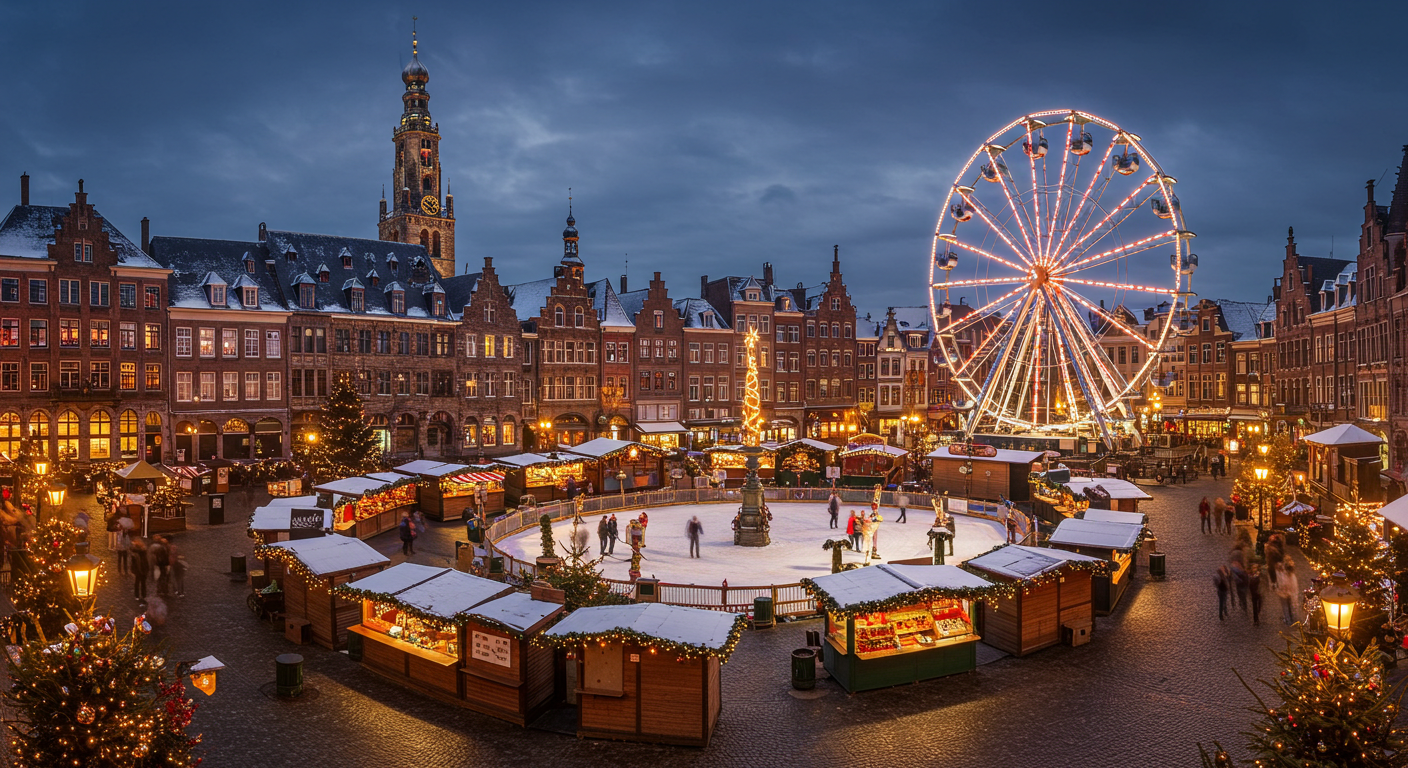
Key Dutch Brands to Know
For a complete experience, interact with the brands that are part of daily Dutch life:
- Transport: The NS (Nederlandse Spoorwegen) is the backbone of the country. Use their app to plan all your train journeys.
- Supermarkets:Albert Heijn is the market leader and a great place to find typical holiday foods for each season.
- E-commerce:Bol.com is the "Amazon of the Netherlands" and the go-to place for almost all online shopping.


